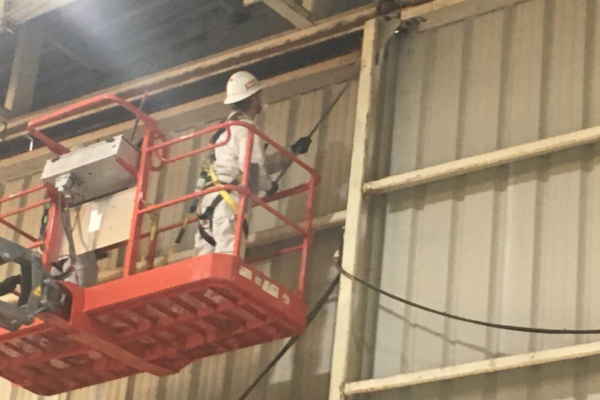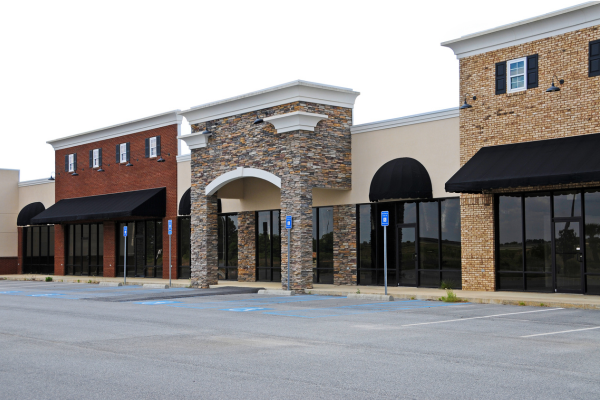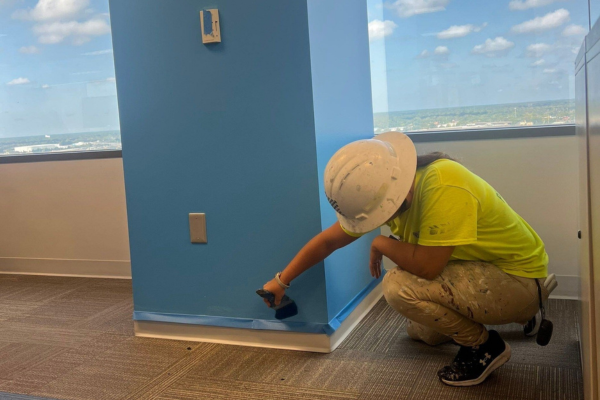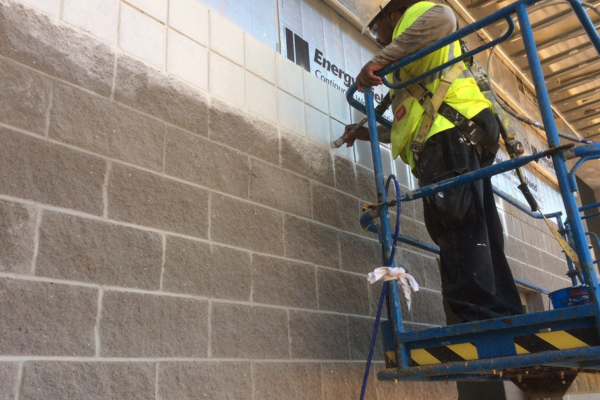 From prehistoric cave paintings and famous wall art, like the Sistine Chapel’s ceiling, to simple color palettes that are currently transforming our modern interiors, people have always used paint in order to express their creativity and come up with unique ways to decorate their spaces. Over the years, however, paint has evolved from a decorative substance into a variety of protective coating systems that can be used to protect and preserve different surfaces while also promoting a safe and hygienic environment in our homes and public spaces. One such coating is Paint Shield from Sherwin Williams.
From prehistoric cave paintings and famous wall art, like the Sistine Chapel’s ceiling, to simple color palettes that are currently transforming our modern interiors, people have always used paint in order to express their creativity and come up with unique ways to decorate their spaces. Over the years, however, paint has evolved from a decorative substance into a variety of protective coating systems that can be used to protect and preserve different surfaces while also promoting a safe and hygienic environment in our homes and public spaces. One such coating is Paint Shield from Sherwin Williams.
Enhanced with Alkyl Dimethyl Benzyl Ammonium Chloride (ADBAC), Paint Shield is suitable for use on wall surfaces, ceilings, doors, and trims in different facilities that require high hygiene levels and wear resistance. Because the microbicidal properties of this paint can complement the hygiene and sanitation practices in public spaces, it is often recommended for specialized facilities, such as schools, universities, daycare centers, and playrooms. Here are some of the benefits and reasons why many educational facilities are choosing this type of paint over other alternatives.
Microbicidal Paint Provides Reliable Protection Against Germs
Why do so many schools and universities choose microbicidal paint over regular antibacterial paints for their facilities? While antibacterial paint is typically suitable for use on the walls and ceilings of residential and some commercial areas, microbicidal paint has been especially developed for facilities that require higher levels of protection against bacterial, viral, and fungal infections.
Developed with the help of microbiologists, Paint Shield is the first and only EPA-registered microbicidal paint that continuously kills at least 90% of disease-causing bacteria, including MRSA, VRE, Staph, and E. aerogenes, for up to 4 years. Killing germs within 2 hours of exposure—thus, reducing microbial populations on the frequently touched surfaces and preventing the spread of harmful microorganisms—microbicidal paint provides effective protection not only against bacteria but also against specific viral and fungal strains.
By simply choosing to paint with microbicidal paint, the managers of specialized facilities with high hygiene standards can easily prevent different surfaces from becoming hubs of dangerous bacteria, viruses, and fungi.
Microbicidal Paint Could Prevent Illness in Schools and Universities
According to recent reports, antibiotic resistance will cost the global economy $100 trillion by 2050. In addition to good hygiene and stringent disinfection routines, more and more facilities are considering using proactive infection measures, such as microbicidal and antibacterial coating systems.
A paint system that contains microbicidal agents is effective against various microbes, including some antibiotic-resistant bacterial strains. In a similar vein, microbicidal paint can be effective against bacterial growth that may trigger allergies and irritation of the skin, throat, and eyes. Since Paint Shield is suitable for use on a variety of surfaces, it could help minimize the risk of cross-contamination, and preventing diseases from spreading. Considering that microbicidal paint can significantly reduce the numbers of infections in schools and universities, they can cut down the medical costs associated as well as the costs to employers due to staff absences.
Microbicidal Paint Can Make Surfaces Look Better for Longer
Using regular, inexpensive paint systems in schools, universities, and other institutional buildings with a lot of traffic will inevitably lead to premature paint failure and frequent repairs. Luckily, high-performance microbicidal coatings balance aesthetics with function.
As an example, scientifically proven and tested in different real-life settings over time, Paint Shield can withstand the daily abuse and high-volume traffic in educational facilities, as well as regular cleaning and scrubbing. What’s more, ADBAC, which is the active ingredient included in this paint, can last for the expected lifetime of the paint film, provided that the surface is maintained in good condition. As long as the paint film remains intact, it prevents the spread of different diseases, while also preserving the aesthetic appearance of your facility.
Additionally, the ability of ADBAC to prevent unsightly bacterial and fungal growth has made this substance a perfect addition to Paint Shield, which can also be used in moist and humid environments. Besides minimizing staining and material degradation that may result from bacterial and fungal growth on different surfaces, microbicidal paint could have a positive impact on odor elimination and air quality. By dissipating bacteria, viruses, and fungi, Paint Shield can actively create a better indoor environment for students and teachers alike. Although Paint Shield is a specialized coating system, it can be applied as easily as any standard, commercial-grade paint.
Microbicidal paint can be used in a wide range of locations throughout a school or university, including classrooms, hallways, on-campus complexes, recreation centers, gyms, swimming pool areas, restrooms, and locker facilities. Since Paint Shield is the only coating that combines advanced microbicidal properties with industrial-level strength and designer-like finishes, choosing this paint system over other alternatives allows you to create a versatile and durable finish that will boost the curb appeal of your facility, while making it safer for everyone.
To learn more about microbicidal paint systems and their potential benefits for your facility, or to discuss your painting project in detail, please contact our friendly professionals today!
{{cta(‘9356bbf0-d14e-480d-988b-2427a4af661a’)}}






